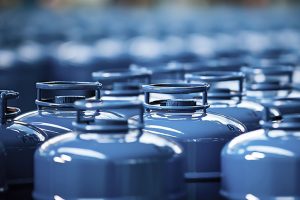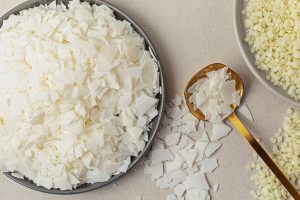Performance Grade Bitumen: What is PG bitumen?
Performance grade bitumen, which is also called PG bitumen is a type of bitumen that manufacturers grade based on its performance at special conditions. The manufacturers perform this grading based on understanding bitumen’s behaviour and its performance characteristics. Therefore, they assess bitumen’s behaviour and determine the types of PG bitumen. In this article, we will explain pg grade meaning, different types of PG bitumen, its price and buying tips.
What is performance grade bitumen?
The manufacturers categorize PG bitumen based on its performance at high temperatures. This type of bitumen is very resistant to heavy traffic, especially in warm climates. The high-temperature tests evaluate the resistance of PG bitumen to rutting and deformation. In contrast, low-temperature testing assesses PG bitumen’s cracking and hardness at low temperatures. (Click to know Bitumen in Road Construction.)
Performance grade bitumen provides a more precise and reliable technique for creating asphalt pavings that can endure high temperatures and heavy traffic.
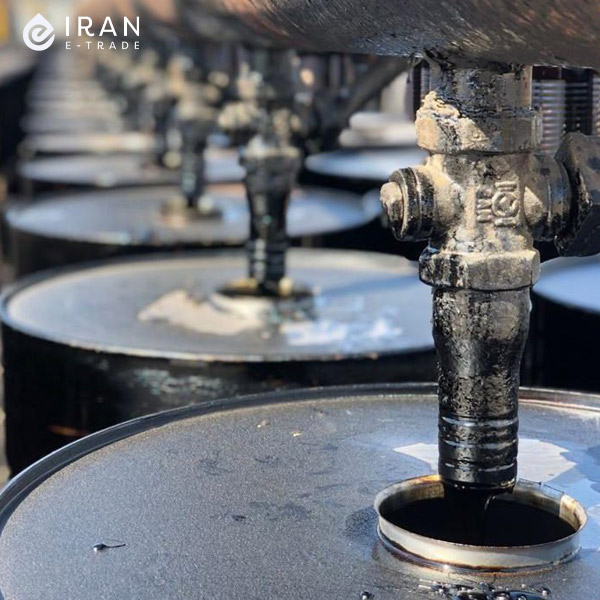
How to determine pg grade of asphalt
Experts test a sample of bitumen and study it from a rheological standpoint at different temperatures and shear rates to determine its high temperature. Then, they repeat these tests to specify bitumen’s stress and strain in different traffic conditions and temperatures. The results of these tests show a high temperature which is between 16 and 46. The higher temperatures also imply the enhanced performance of bitumen. Also, the experts perform the low-temperature testing of PG bitumen by testing a sample of bitumen at low temperatures to determine its hardness and resistance to cracking. The results of these tests determine the low temperature of bitumen which is between minus 20 to minus 76 Celsius. The lower amounts of temperature imply enhanced performance of bitumen.
(Click to learn about Penetration Grade Bitumen)
If you are interested in purchasing performance grade bitumen and to have more information about PG bitumen’s price, contact us at Iran ETrade Inc.
Production of performance grade bitumen
As an asphalt binder, PG bitumen is an essential substance in asphalt engineering and road construction. Compared to penetration bitumen, PG bitumen has advanced performance characteristics, which make it an excellent choice for building strong road surfaces. The production process of PG bitumen includes important steps such as distillation, air blowing, polymer modification and careful testing. In this section, we will explain more about this process.
(Click to find out about the Online Bitumen Price.)
The production of PG bitumen is a science that requires attention, advanced technology and an understanding of the properties of petroleum and polymers. Producing high quality performance grade bitumen plays an essential part in creating good infrastructures for roads and helps to produce safer and smoother trips.
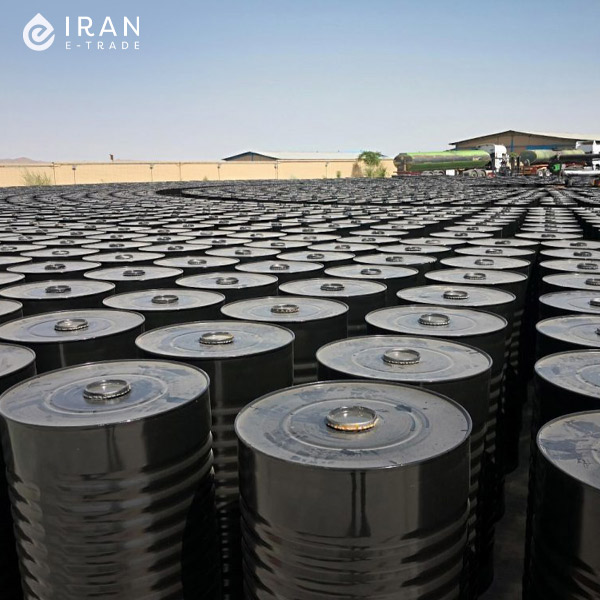
1. Distillation
At first, the manufacturers heat petroleum to 350 Celsius during an atmospheric distillation process. In this process, the lighter hydrocarbons evaporate. However, the heavier hydrocarbons (also called raw materials or vacuum bottoms) remain in the container.
(Click to learn more about Soft Bitumen.)
2. Air blowing
At this stage of production, the manufacturers place the bitumen’s raw materials into a bitumen-blowing unit. First, hot air will enter the blowing unit. Then, oxygen will react with the bitumen’s raw materials and cause changes in the bitumen’s physical properties. This process is often called oxidation and will result in oxidized bitumen.
(Click to learn about bitumen producers in Iran.)
3. Modifying polymer
To enhance the performance characteristics of bitumen, the manufacturers mix bitumen with special polymers. Some of the common polymers used in this process are Styrene-Butadiene-Styrene (SBS) and Atactic polypropylene (APP). By including these polymers, the manufacturers can improve the bitumen’s elastic and thermal properties and its resistance to deformation. 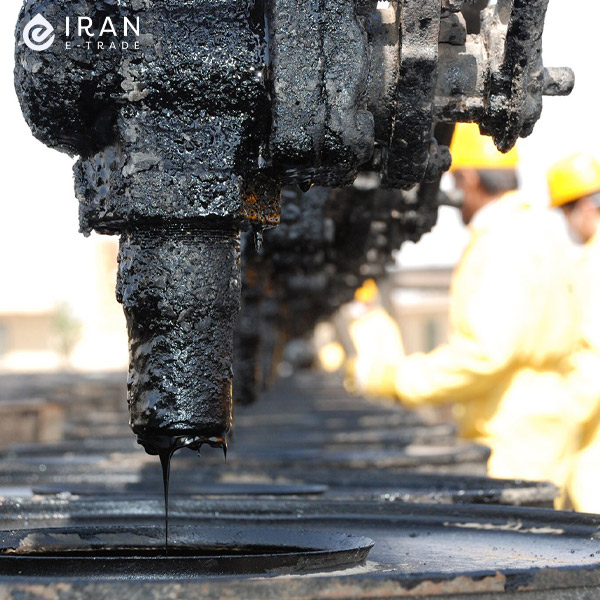
4. Testing
At the final stage of PG bitumen production, the manufacturers perform comprehensive testing to confirm the required properties of bitumen. The manufacturers perform these tests to assess the bitumen’s rheological tests which cause the bitumen’s reaction to temperatures and different loading times. These properties also determine the performance grade of bitumen.
(Click for more information about anionic emulsion bitumen.)
History of performance grade bitumen production
During the years 1987 to 1993, a research program in the United States was conducted to study the limitations of viscosity bitumen and penetration bitumen. The goal of this research program was to improve the performance, durability and safety of asphalt roads in the United States. Therefore, in this research program, the researchers evaluated the performance standards of bitumen. Consequently, the researchers imitated real-life asphalt conditions to increase the performance of produced bitumen during the tests. They also performed this to minimize the damages such as rutting and cracks at lower temperatures or asphalt fatigue. This provided an opportunity to predict the performance or behaviour of bitumen in asphalt. The final results of this testing became a system for analyzing the performance of bitumen by simulating the real-life conditions of performance grade bitumen in the labs. 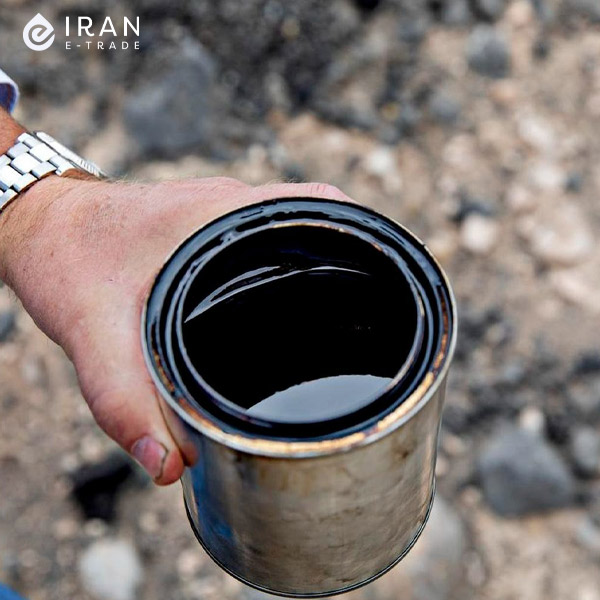
Components of performance grade bitumen
The composition of PG bitumen depends on its intended use and performance requirements. By using different types of additives and modifiers, the manufacturers can formulate the bitumen according to local climates and traffic. As a result, they can improve PG bitumen’s performance. Essentially, performance grade bitumen is a petroleum-based bitumen which manufacturers refine and modify to meet certain performance requirements. Its’ composing materials include: 
Base bitumen
Base bitumen is the main component of performance grade bitumen which is the result of petroleum distillation and has waterproofing adhesive qualities.
Polymers
The manufacturers add polymers such as Styrene-Butadiene-Styrene (SBS) and Ethylene-vinyl acetate (EVA) to bitumen to enhance its performance characteristics. These polymer modifications will improve performance grade bitumen’s elasticity and resistance to rutting and cracks. 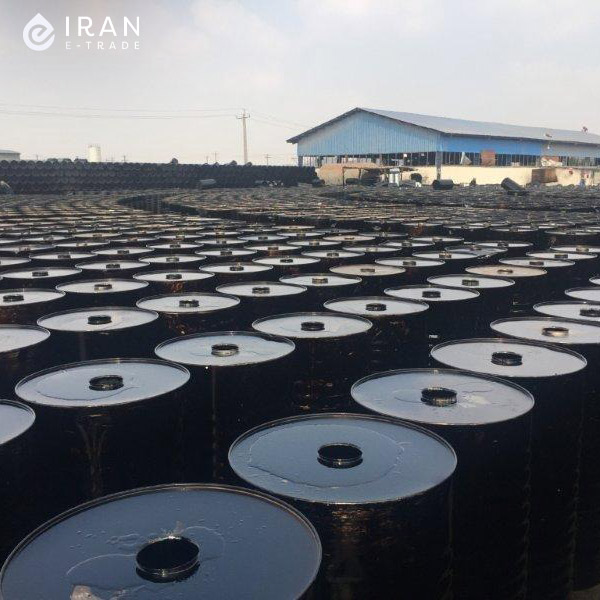
Additives
The manufacturers use various additives to enhance PG bitumen’s properties. These additives include adhesive enhancers to improve bitumen’s binding with aggregates and anti-stripping agents to prevent water damage to asphalt.
Fillers
The manufacturers add mineral fillers such as hydrated lime or fly ash to mix with bitumen. Adding these fillers will improve bitumen’s viscosity and hardness. It will also result in increasing PG bitumen’s load-bearing ability of asphalt aggregates. 
Reclaimed asphalt pavement
The manufacturers can use the reclaimed asphalt pavement method for producing some of the performance grade bitumen products. They mostly use this method to add recyclability and stability to bitumen production. 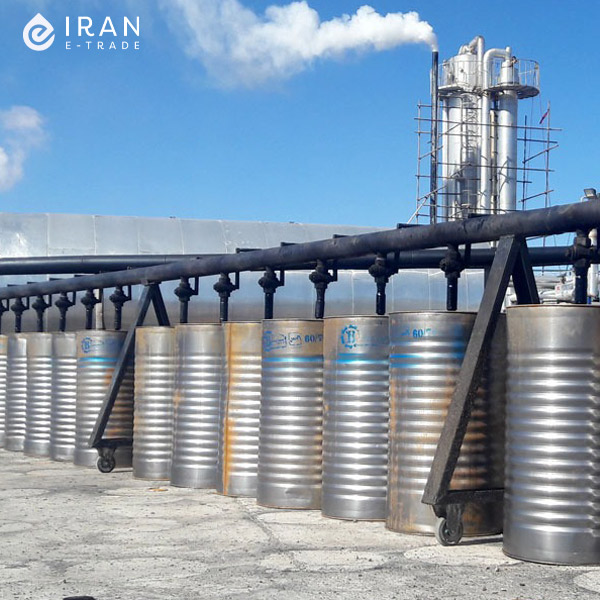
Crumb rubber
Crumb rubbers are produced from discarded tires and manufacturers often use them for producing rubber PG bitumen. Using crumb rubbers in PG bitumen improves the bitumen’s flexibility, sound absorption and resistance to rutting and cracks.
Types and grades of performance grade bitumen
As we explained, the manufacturers grade PG bitumen products based on their performance at different temperatures. The main goal of grading PG bitumen is to ensure that it will perform well under different environmental conditions. Therefore, the manufacturers categorize PG bitumen according to different weather conditions and traffic speeds. On this account, the PG bitumen system is a series of tests to measure bitumen’s properties that can directly affect its field performance in pavings. 
The performance grade of bitumen
Performance grade bitumen has two categories: paving at high temperatures and paving at low temperatures. The main issue in testing the performance of bitumen at high temperatures is that bitumen rutting at high temperatures takes a long time. Therefore, the experts measure this temperature during a week and assume the highest temperature to be higher than the environmental temperature. On the other hand, there is the possibility of thermal cracking at low temperatures. But what is exactly the grading of bitumen’s performance indicator? 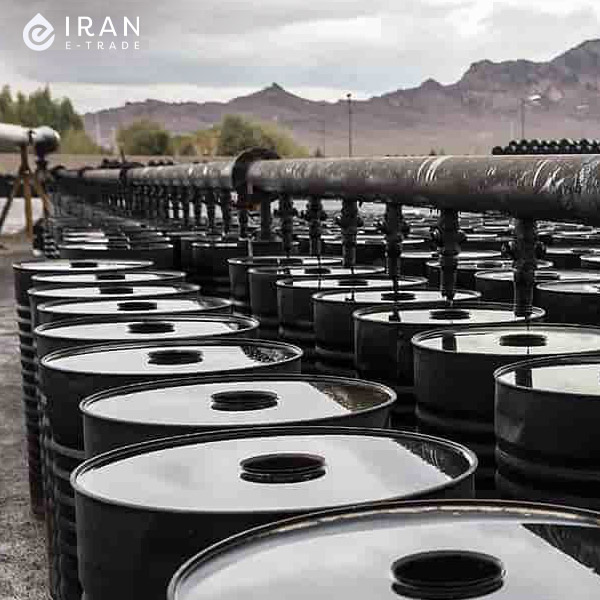
PG 70-10
PG 10-70 is a type of performance grade bitumen that manufacturers classify based on its performance at different temperatures. The PG system uses a series of normal tests to measure the physical properties of bitumen at paving temperatures and special traffic conditions to see if it will perform well at these special conditions. PG 10-70 bitumen is particularly useful in regions with hot summers and normal winters.
PG 68-22
Categorizing a bitumen based on performance allows the experts to choose suitable grading for its use in different environmental conditions. Therefore, PG 22-68 is particularly useful in regions with hot summers and freezing winters. 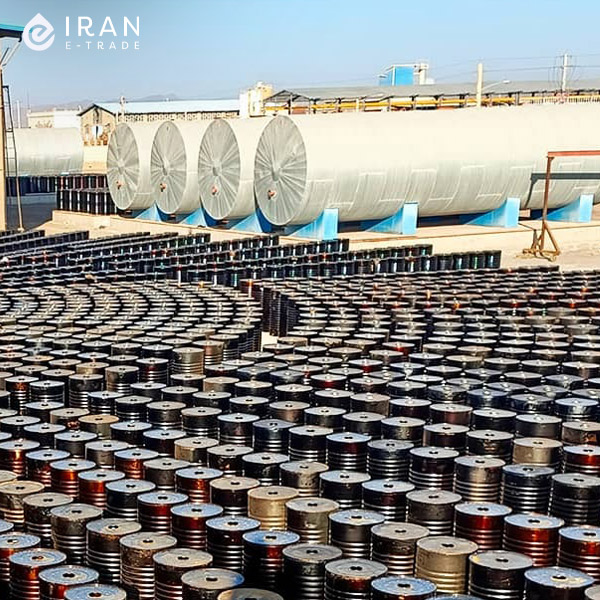
PG 64-22
For building high-quality road pavings, the manufacturers categorize bitumen based on their performance degree. They perform this categorization at different environmental temperatures so that the bitumen can have the best performance in different regions. Based on this classification, PG 22-64 is suitable for use in temperate climates and regions with very cold winters.
If you’re interested in knowing PG bitumen’s price, you can contact us at IranETrade Inc.
PG 64-16
Experts assess PG 16-64 based on its performance at various environmental temperatures. In this way, they can ensure that PG 16-64 has the best performance. They also perform this categorization based on road traffic. The results of their tests show that PG 16-64 is suitable for use in regions with temperate climates and cold winters. 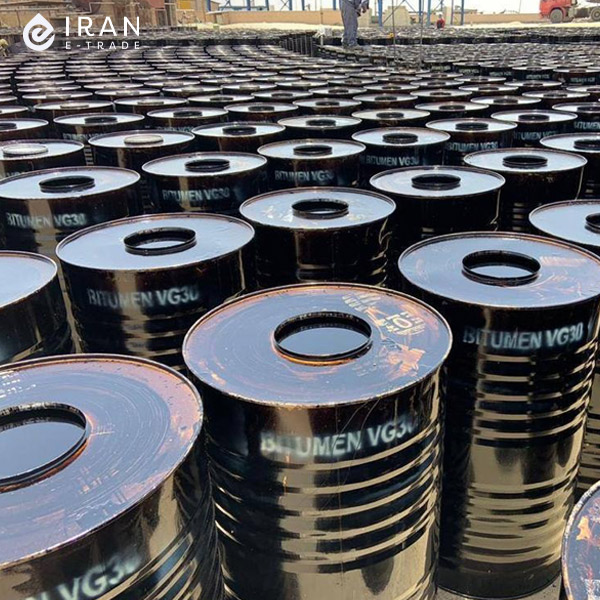
PG 64-10
The manufacturers also categorize PG 10-64 based on its performance at different temperatures to ensure its best functioning in certain weather conditions and high-traffic areas. Therefore, PG 10-64 is especially useful for regions with temperate climates.
PG bitumen 58-22
Different categorizations of performance grade bitumen help road constructors choose a suitable bitumen for every different environment. As a result, this categorization will help increase the longevity and durability of bitumen. Based on this categorization, PG 22-58 is useful in regions with very cold weather. 
Performance grade bitumen specification
Performance grade bitumen has various specifications which make it suitable for construction and different applications in the construction industry, some of which we will explain in this section.
Understanding pg grade asphalt specificationis necessary to choose suitable PG products for different applications because it will guarantee bitumen’s best performance on roads and their durability. Therefore, you must consider PG bitumen’s specifications and standards to determine its required properties based on your projects’ demands and environmental conditions.
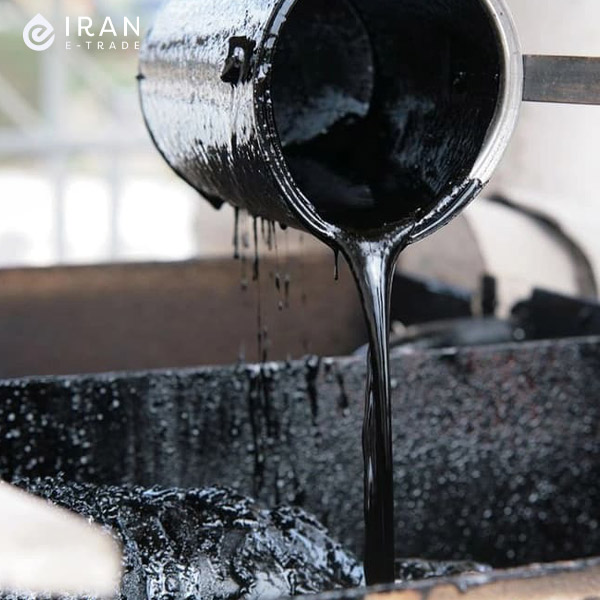
Viscosity
Performance grade bitumen has a special range of viscosity which determines its flow rate at different temperatures. It also ensures bitumen’s strong adhesion to aggregates during the mixing and compression process.
Penetration
The penetration degree of bitumen is the depth of a standard needle that penetrates bitumen at certain conditions, temperatures and loading. Usually, this depth is 0.1 millimetres. The performance grade bitumen has a controlled penetration value which affects its consistency and ability to resist deformation under traffic loads. 
Softening point
The softening point of performance grade bitumen is the temperature at which bitumen reaches a specific degree of softening. The softening point is very important because it determines the bitumen’s resistance to deformation at different temperatures. It also helps specify the suitable bitumen for different climates.
Ductility
Ductility is the PG bitumen’s ability to stretch without breaking. Performance grade bitumen shows a special degree of ductility that is necessary to prevent cracks and ensure paving longevity.
Elastic recovery
Elastic recovery refers to performance grade bitumen’s ability to return to its original form after stretching. This ability is very useful in paving because it allows the performance grade asphalt to bear constant traffic loads without permanent deformation. 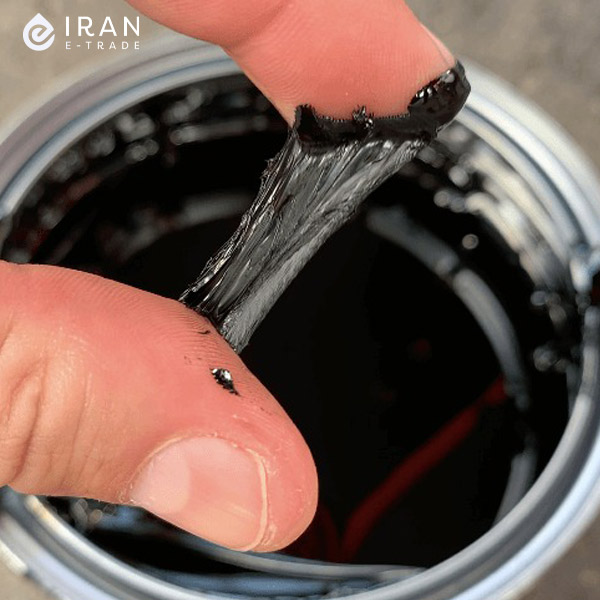
Rheological features
The experts perform rheological tests on performance grade bitumen to assess its performance properties at different temperatures and loadings. These properties such as complex modulus and phase angles help determine the bitumen’s ability to resist rutting, fatigue and thermal cracks.
Resistance to fatigue
The manufacturers produce performance grade bitumen in a way to resist fatigue from being exposed to air, water and sun. The formulation for PG bitumen includes additives that increase its longevity and prevent it from early deterioration.
Technical properties of PG bitumen
Manufacturers produce and categorize performance grade bitumen (also known as asphalt binder) to resist various weather conditions and traffic loads. The specifications of PG bitumen products depend on their regional climates and the temperature of the location of use. The American Association of State Highway and Transportation Officials determine the technical specifications of PG bitumen products through the M320 standard and ensure their consistency and compatibility in different conditions. Some of the specifications of PG bitumen are: 
Temperature grading
The manufacturers classify performance grade bitumen based on extreme local temperatures (both high and low). The high temperature, which is defined by the maximum average temperature for 7-day paving, shows bitumen’s resistance to rutting or permanent deformation. Low temperatures, based on minimum paving temperature, show the bitumen’s resistance to thermal cracks.
Polymer modification
If the performance grade asphalt binder contains polymers, it will have the letter “S” in its name (for instance, pg 58S-22). The modified polymer PG bitumen has enhanced elasticity, higher resistance to temperature and fatigue and improved adhesive qualities. 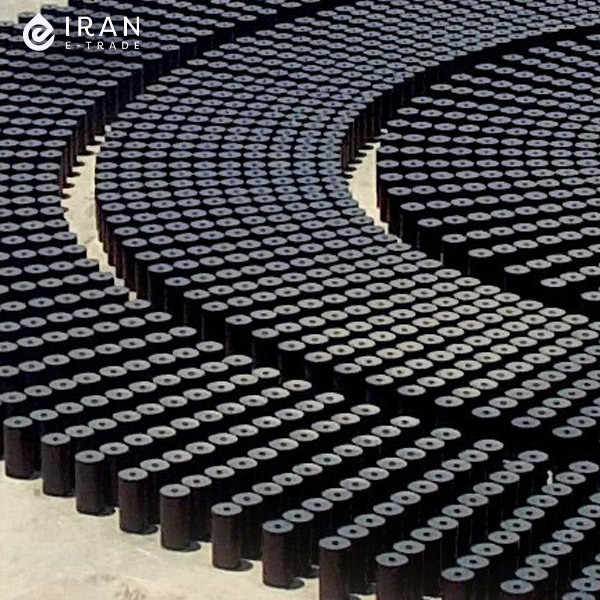
Performance test
The performance tests for PG bitumen include:
- The rutting factor: The rutting factor measures bitumen’s resistance to permanent deformation or rutting. The higher amounts imply bitumen’s high resistance to deformation.
- Fatigue factor: This test measures the binders’ capability to resist fatigue cracks.
- Creep stiffness and M-value: These parameters assess the low-temperature features of bitumen, especially its resistance to thermal cracks.
Binder grade
The experts determine the binder grade by two numbers (e.g., PG 58-22). The first number is the maximum average number for 7-day paving (based on Celsius). The second number is the expected minimum temperature for paving in the area. By observing these specifications, road engineers can ensure that performance grade bitumen will have the best performance in the projects and the environmental conditions of the local area.
Benefits of using performance grade bitumen
Performance grade bitumen has its uses and benefits. The manufacturers grade PG bitumen products for use in special conditions and different weathers. This makes the use of PG bitumen have better consistency and application under special circumstances. In this section, we will explain some of the benefits of using PG bitumen. 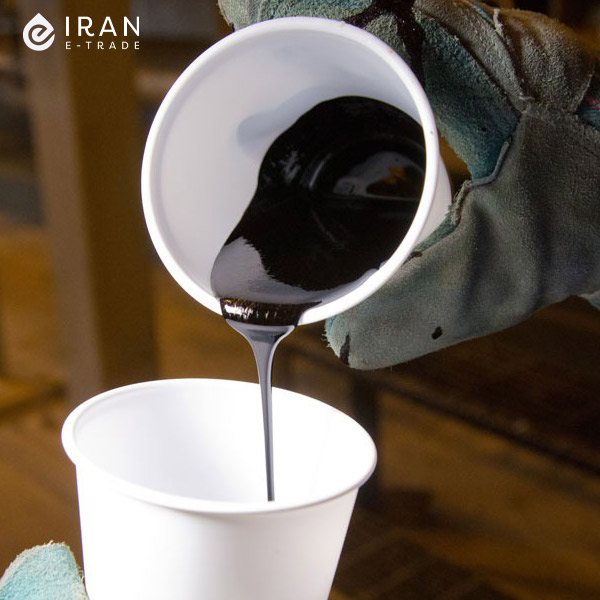
Increased durability
Increased durability is one of the main benefits of performance grade bitumen, which also enhances the performance of the paving. By using PG bitumen in asphalt mixtures, roads and other infrastructures, road constructors can build more durable roads that require less maintenance. The reason for this is that the manufacturers produce PG grade bitumen for resisting deformation at high temperatures and cracks at low temperatures, which are the two main factors in pavement distress.
Increased safety for roads
Using performance grade bitumen in roads and airport runways can increase their safety. PG grade bitumen is resistant to high temperatures which prevent it from rutting and developing bumps. This is helpful because it can reduce the roads’ resistance to skids and create uneven surfaces that may cause accidents. 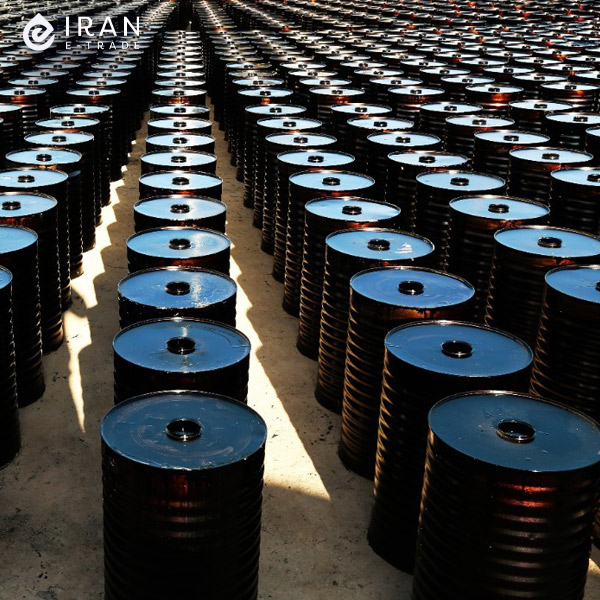
Cost-effective products
Performance grade bitumen’s resistance at low temperatures prevents its cracking which can damage the tyres and cause discomfort to drivers. PG bitumen’s increased stability can also help reduce the roads’ constant monitoring and maintenance to create more stable infrastructures. All of these can help road constructors to use fewer resources for maintenance, produce less waste and cause traffic disruption to a smaller degree.
Compatibility
The manufacturers can produce PG grade bitumen by using recycled materials. This in itself reduces the adverse effects of bitumen production on the environment. Performance grade bitumen products are very compatible with different regions and have different uses, including building roads, airport runways, parking lots and industrial pavings. The performance of PG bitumen is also adjustable for different weather conditions and traffic loads. That is why it is a versatile choice for meeting a variety of infrastructure requirements. 
Performance grade bitumen maintenance
The proper maintenance of PG grade bitumen is necessary to ensure its longevity and paving performance. By following the different maintenance methods, performance grade bitumen can have the best performance. As a result, road constructors can create safer pavings with more longevity. Therefore, it is important to follow the industry standards and instructions for road maintenance based on the pavings’ unique features and local weather. In the following sections, we will explain some of these important tips for PG bitumen maintenance. 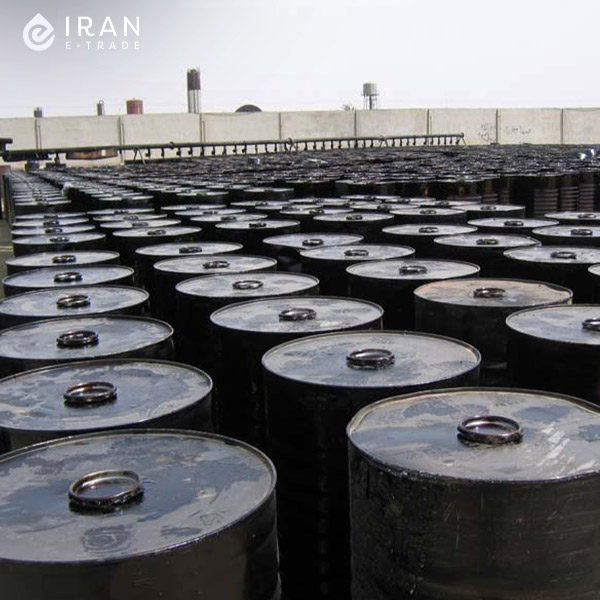
Regular inspections
Road workers perform regular inspections of pavings to detect any type of damage such as cracks, potholes or ruts. For PG grade bitumen pavings, this early detection prevents more damage.
Sealing cracks
To properly care for performance grade bitumen, you have to seal any cracks in pavings quickly. This process includes filling the cracks in the road with the right materials. Sealing can help you prevent moisture from infiltrating the cracks and the roads’ further expansion. It also helps you protect the structural integrity of the paving. 
Patching potholes
Repair the potholes in the roads as soon as they emerge to prevent their enlargement and other potential damages to vehicles and pedestrians. Pothole patching is a process that includes removing the damaged area, preparing the base asphalt and filling it with proper bitumen materials.
Surface repairs
To protect the paving’s surface from oxidation, weathering and minor damages, you should use surface repairs such as seal coating or slurry seals. These treatments help with increasing the paving’s longevity and enhancing its appearance. 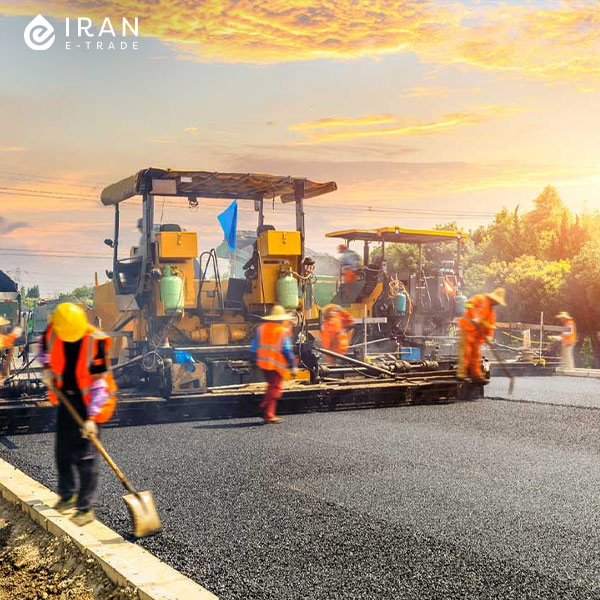
Preventive care
Regular sweeping of the road for debris removal, controlling vegetation to prevent root damage and proper drainage maintenance to prevent waterlogging and damage to the paving’s structure are some of the preventive care strategies for PG bitumen pavings.
Rehabilitation and overlay
At times, when the pavings show significant issues or structural problems, consider applying rehabilitation or relay. These methods include resurfacing the pavement with a new layer of performance grade bitumen and aggregates to recover and increase its life cycle. 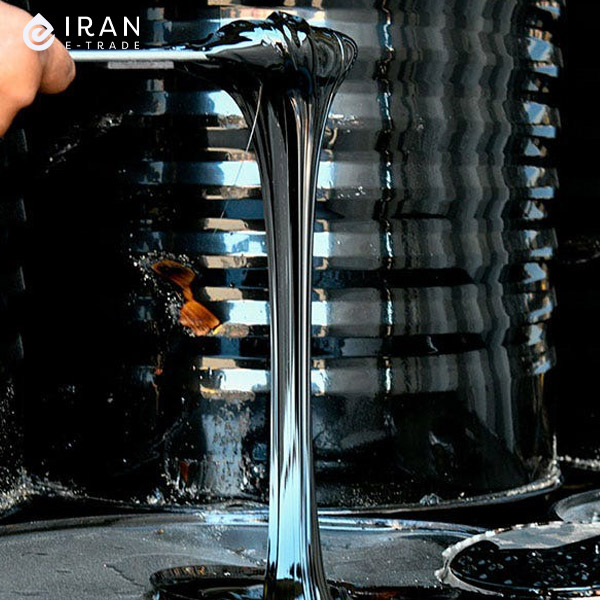
Monitoring the temperature
Study the temperature fluctuations and their effects on paving. Extreme temperatures can lead to thermal cracks or ruts in the road. Therefore, you have to take preventive measures such as adjusting PG bitumen’s temperature or adding other additives to it to solve these issues.
Regular cleaning
Clean the sidewalk by regularly removing debris, oil leakage and other pollutants. If you clean the road and sidewalks regularly, you can prevent road discoloration, damage and other potential safety risks.
Managing the traffic
During road maintenance, to ensure the safety of road workers and users, you can utilize proper strategies for traffic management. That is why, if necessary, you can use signs, barricades and temporary traffic control measures. 
Durability of performance grade bitumen
PG grade bitumen has high durability and is more advanced and suitable than penetration grade and viscosity bitumen. PG bitumen’s special qualities make it have higher durability in a wide range of temperatures and special traffic conditions. This will make PG bitumen a better choice to increase the roads’ durability and longevity. Therefore, durability is a quality indicator in performance grade bitumen products. High durability of PG bitumen to common issues of pavings such as rutting, cracks and deformation in various weather and traffic conditions ensure that road infrastructures made with PG bitumen will remain safe and efficient for longer amounts of time. This will considerably reduce the need for continuous maintenance and will make using PG bitumen a better option from an economic viewpoint. 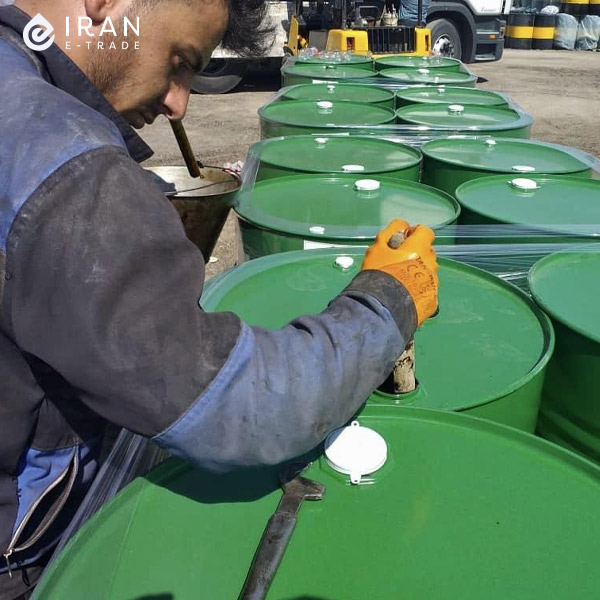
PG bitumen’s high endurance to temperature
PG grade bitumen is resistant to rutting. The PG bitumen’s capability to resist high and low temperatures means that performance grade bitumen won’t soften too much in warm weather which causes the paving to rut. It also won’t be too fragile in cold weather which will cause it to crack. As a result, PG grade bitumen has a high endurance to temperature-related issues in pavings.
Performance grade bitumen’s resistance to deformation
The rutting factor calculated the bitumen’s resistance to permanent deformation under load. Performance grade bitumen has a higher rutting factor which shows its increased durability to rutting. 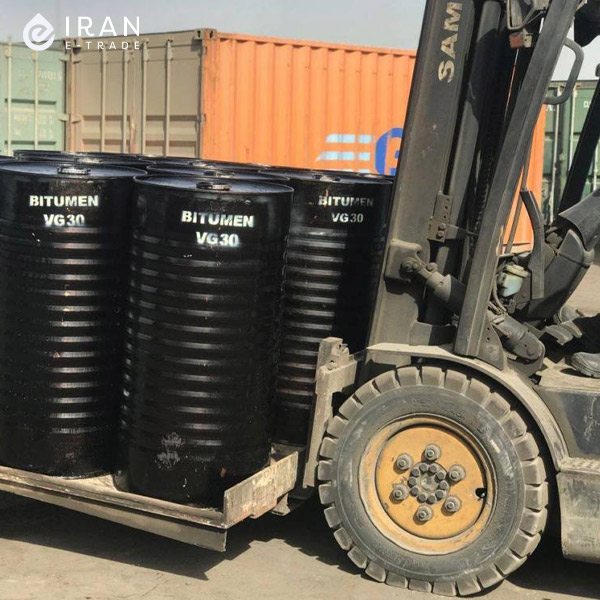
Performance grade bitumen’s resistance to fatigue cracks
The fatigue factor measures the resistance of PG grade bitumen to cracking from constant traffic fatigue in pavings. Therefore, a lower fatigue factor implies that performance grade bitumen has higher resistance to fatigue cracks which will increase the longevity of pavings.
Performance grade bitumen’s enhanced low-temperature traits
Creep stiffness and M-value parameters measure PG bitumen’s properties at low temperatures. Consequently, lower creep stiffness and higher m-value in performance grade bitumen imply its high resistance to thermal cracks, which increases its durability in cold weather. 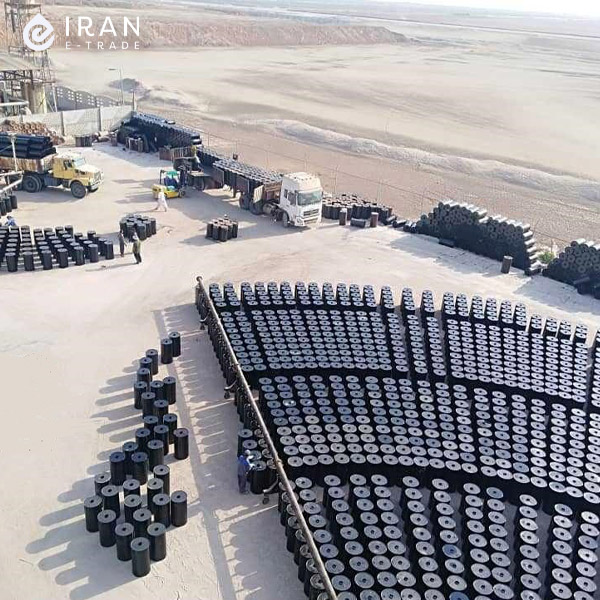
Polymer modification in performance grade bitumen
Many of the performance grade bitumen products are modified with polymer which increases their durability. These polymers in PG bitumen will enhance its elasticity, resistance to fatigue and adhesive qualities. They will also ensure PG bitumen’s longevity and consistency.
Pricing and purchase of performance grade bitumen
The petroleum industry, which is one of the foundations of world economics, has many different products, one of which is performance grade bitumen. The price of performance grade bitumen with its vast uses in road construction and roofing plays an essential part in the overall project costs. Therefore, in this section, we will provide a comprehensive view of the dynamics of performance grade bitumen pricing. Although the price of performance grade bitumen is more expensive than normal bitumen, because it has more durability and needs less maintenance, it can be a cost-effective choice in the long term. By reducing maintenance and increasing the infrastructures’ longevity, performance grade bitumen can save construction projects’ expenses. 
Pricing and purchase of performance grade bitumen
PG grade bitumen price
First of all, you have to remember that like all oil products, the price of performance grade bitumen is directly affected by the international petroleum industry. As a consequence, the fluctuations in the price of petroleum used in making performance grade bitumen can result in a change in its pricing. Furthermore, international economic trends, geopolitical events and the imbalance of supply and demand are some of the important factors that influence petroleum prices and PG bitumen pricing. 
The cost of petroleum refinement on performance grade price
The cost of processing and refining petroleum is another factor that affects the price of performance grade bitumen. The process of processing and refining petroleum includes many different steps such as petroleum distillation, vacuum flashing and air blowing, all of which need their special devices. As a result, the cost of these operations, including the expenses of maintenance and workforce will add to the final pg grade bitumen cost.
The important factors in performance grade bitumen’s pricing
Performance grade bitumen’s accessibility and transfer costs also play an important part in its pricing. Additionally, transferring performance grade bitumen needs special processes and equipment because of its viscosity and required temperature which affects its price. In addition to that, the distance between the production plants and the end-use location will also influence the transfer costs and ultimately the price of performance grade bitumen. 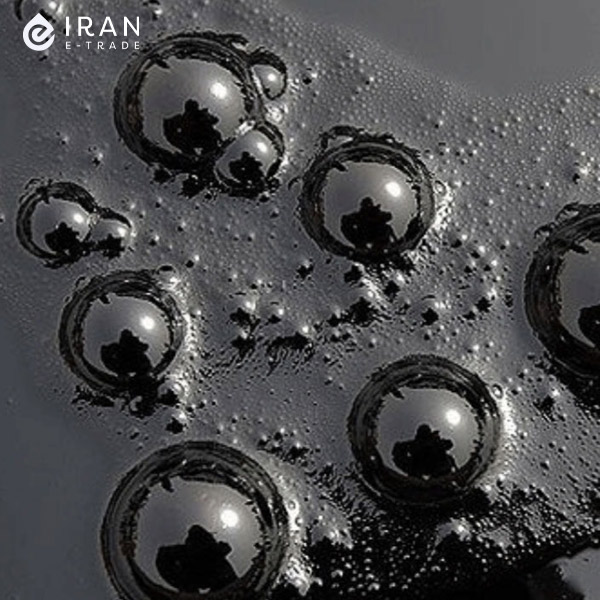
The effect of quality standards on PG bitumen’s price
The quality standards and PG binder grades are other factors that can affect its price. Of course, higher grades of performance grade bitumen are more expensive because they have improved performance characteristics.
The determinant factor in performance grade bitumen price
Lastly, market competition is an important determinant factor for PG bitumen’s pricing. In a competitive market, the companies may adjust their prices to protect their market shares. Therefore, you should always examine the PG bitumen price list from multiple suppliers. All in all, understanding the dynamics of bitumen grade performance price is necessary for buyers and stakeholders of the bitumen industry. By closely observing these factors, you can make informed decisions and manage your project expenses effectively. The list of performance grade bitumen cost is updated daily which reflects the markets’ ongoing trends and provides a clear parameter for buyers. 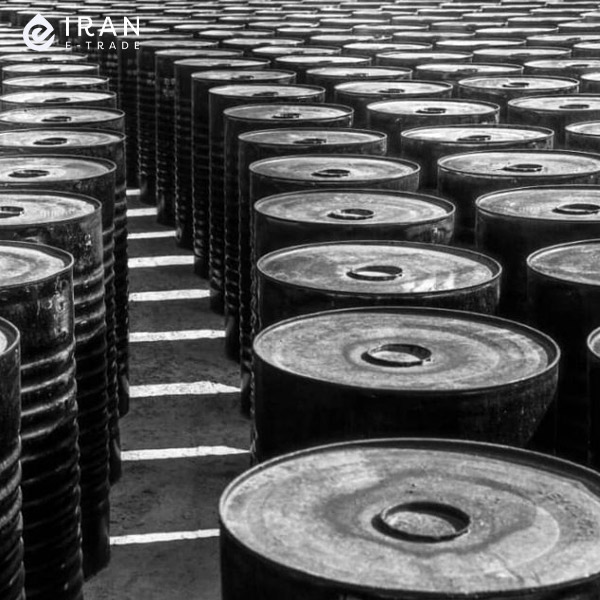
The results of grading PG bitumen
One of the results of the PG bitumen grading project is binder specifications based on performance and a series of new tests. It is worth mentioning that experts grade PG bitumen based on its performance at different temperatures. They also categorize binders in super pave grading systems as bitumen or performance grade bitumen which is dependent on their performance in very warm and cold areas. The primary goal of experts in grading and choosing an asphalt binder is to ensure that it has proper traits for its location of use.
Road constructors choose PG grade asphalt binders for their compatibility with expected weather conditions, volume changes and speed traffic. As a result, the PG technique includes a series of tests to assess the physical properties of a binderthat directly correlates with its performance during paving.

Long-term performance of paving: PG bitumen for different scenarios
Long-term paving performance is a controlled method to calculate and determine paving temperature based on high temperatures. This implies a limited range of paving temperatures. Therefore, road constructors choose bitumen products that have the best performance in special conditions. Furthermore, a bitumen’s penetration and viscosity grade are for properly defining asphalt binder and also for paving with a hot asphalt mixture. Consequently, as a part of super pave research, the experts created new specifications and binder tests to determine the quality of asphalt binders used in hot mix asphalt pavings more comprehensively and carefully. Experts designed most of these tests and parameters to resolve issues in the performance of hot mix asphalt pavings. These issues mostly include thermal and fatigue cracks and ruts. The main idea behind super pave performance grade bitumen is that hot mix asphalt binder specifications have to be suitable for its location of use. 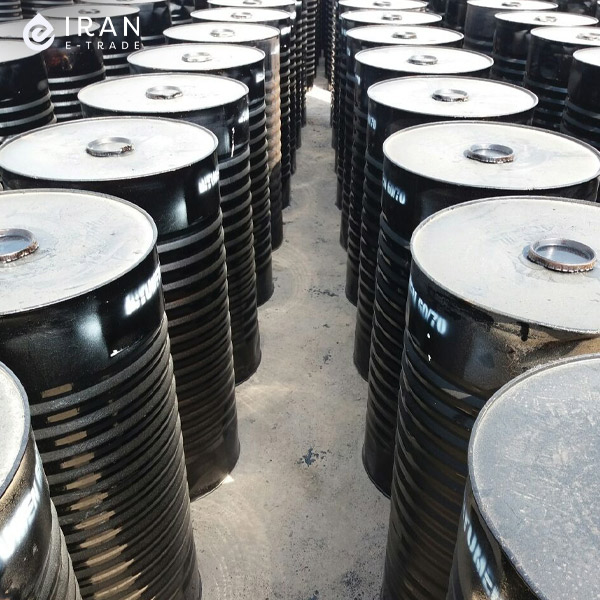
The uses of performance grade bitumen
What are the grades of bitumen: PG 52-28
Road constructors often use PG 52-28 in new construction projects paving roads, and repairs, as well as in dense and open-graded hot asphalt mixtures. PG 52-28 can also be useful in sealing pavement cracks and edges. Furthermore, road constructors use this type of bitumen for membrane sprayings on performance grade bitumen in areas such as bridge decks and pavement protection membranes. 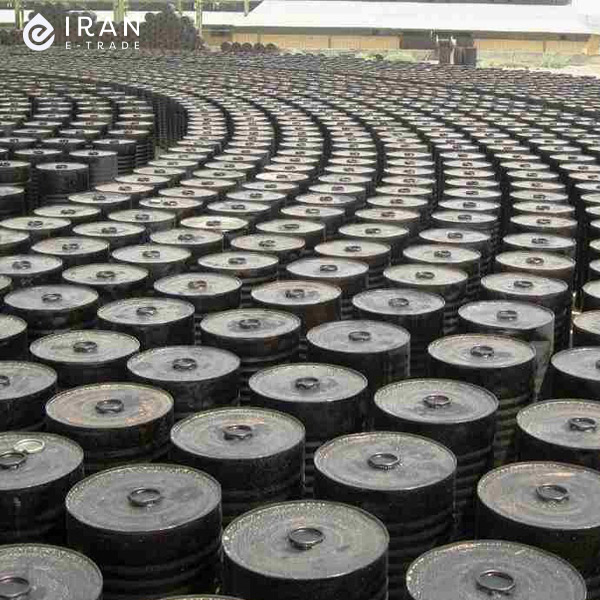
What is PG grading: PG 58-22
Road constructors use PG 58-22 in open and dense graded hot mix asphalt pavings. They also use this type of bitumen in road construction, spraying and sealing cracks.
What is PG bitumen grading: PG 58-28
Road constructors use PG 58-28 in open and dense graded hot mix asphalt pavings. They also use this product in road construction, spraying and sealing cracks. Performance grade bitumen 58-28 is particularly useful in very cold weather. 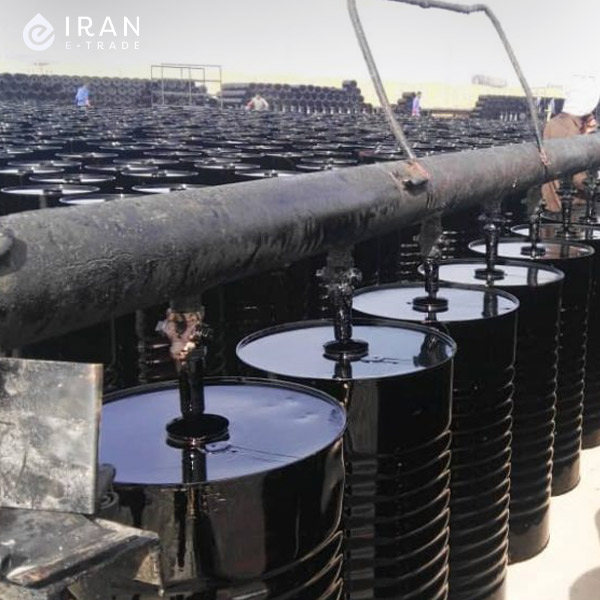
Bitumen grades explained: PG 58-34
Road constructors mainly use performance grade bitumen 58-34 in higher altitude roads. This grade is a paving asphalt cement that road constructors mostly use in hot mix asphalt. They can also use this for sealing the edges of old and new pavings and filling their cracks.
What is PG grade: PG 58-40
Road constructors use PG 58-40 in high altitudes. This grading of performance grade bitumen is a paving asphalt which road constructors use to make hot mix asphalt. They can also use PG 58-40 to repair and seal paving cracks. 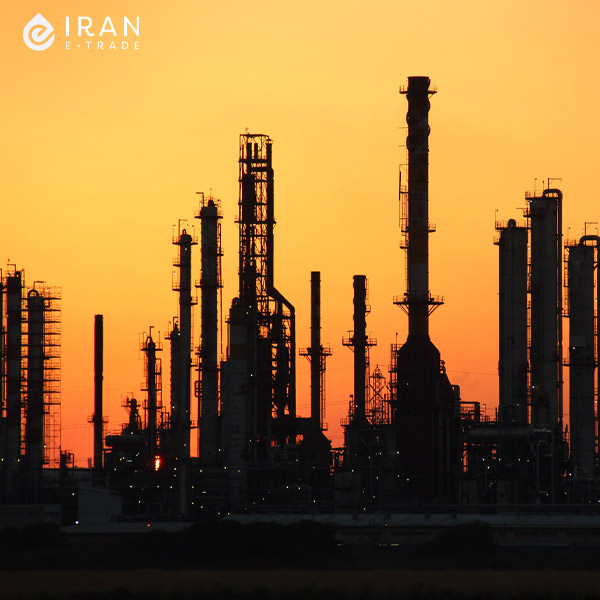
What is PG grade asphalt specification: PG 64-22
Road constructors mainly use PG 64-22 in pavings for new construction projects and pavement treatments. They also use it in open and dense graded hot mix asphalt and other uses. PG 64-22 is also useful in repairing pavement cracks, sealing, spraying bridge decks and making paving protection layers with textiles and other changes. By choosing aggregates, the right hot mix asphalt and using PG 64-22 as a binder, the paving may show less sensitivity compared to using a combination with less viscosity or softer asphalt. This will significantly reduce issues such as road damage from pressure and checking the mixture during scuffing and rolling. It will also reduce the need to install traffic signs immediately after paving.
Performance grade bitumen zoning
At lower levels of reliability, lower grades of bitumen will have more zoning. But as the level of reliability increases, higher grades of bitumen will have a more important part to play. They will also increase implementing traffic conditions of PG bitumen at a certain reliable level for zoning performance grade bitumen. 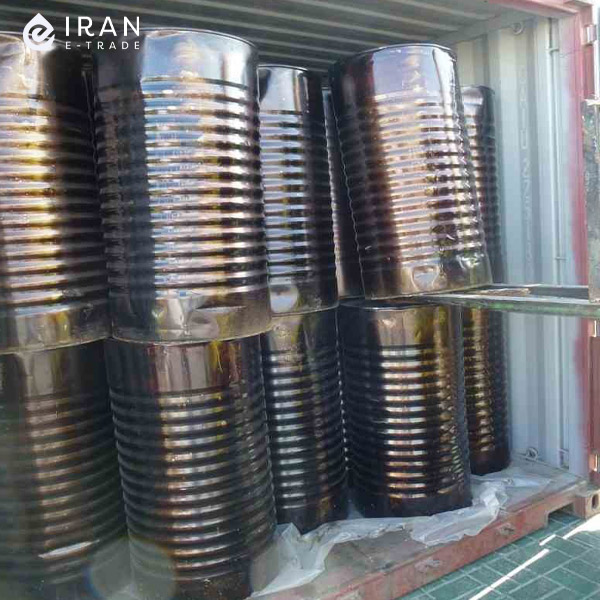
What is 70-60 performance grade bitumen?
70-60 bitumen is a petroleum product which manufacturers produce in refinery distillation towers. The main components of 70-60 bitumen (also called loose bitumen) are asphaltene and maltene. The heavy insoluble molecules of asphaltene in 70-60 bitumen ensure its composition and softening point. Meanwhile, the maltenes, which are oily substances, determine the flexibility of loose bitumen and its derivatives. One of the properties of loose bitumen is its strong adhesion which makes it easy to stick even to cement. The closer the loose bitumen product is to international standards, the higher its quality. When manufacturers produce bitumen at distillation towers, they blow hot air into bitumen constantly. As a result of this process, they can form a stable and homogeneous bitumen. 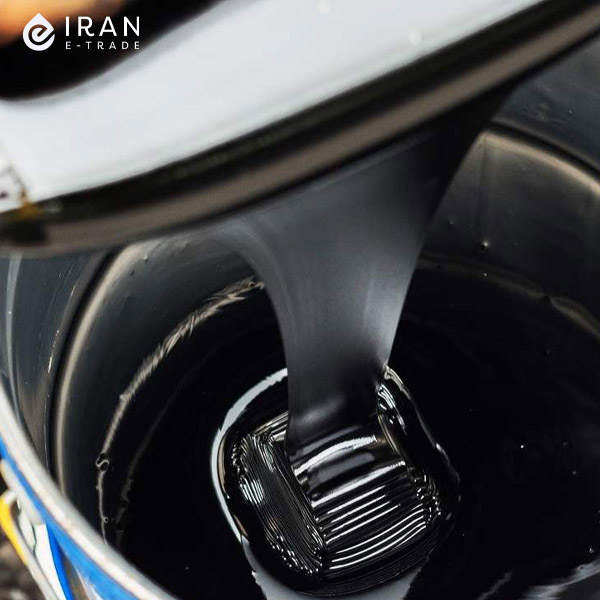
Other names of PG bitumen based on its properties
Performance grade bitumen has many names which emphasize its compatibility and diverse usage, some of which are:
- Elastomeric bitumen: Refers to performance grade bitumen’s elastic and flexible traits.
- Modified bitumen: Implies a performance grade bitumen that is modified with polymers to increase its resistance in different conditions.
- Superpave bitumen: Since the super pave system (superior performing asphalt pavement) originated the pg grading system, sometimes performance grade bitumen is also called Superpave bitumen.
- Asphalt binder: In some areas, asphalt binder is the name of performance grade bitumen which refers to its role in binding aggregate materials to asphalt.
- Thermoplastic bitumen: this name highlights the quality of bitumen when it softens during high temperatures and hardens when cooled, which is another quality of performance grade bitumen.
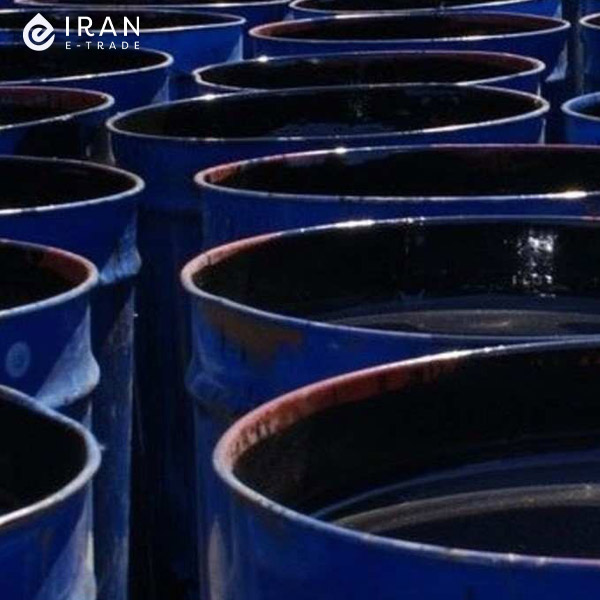
- The Largest Bitumen Refineries In The World: Top 20 Refineries...
- What Is An Oil Lubricant: Types, Applications + Production
- What Is LPG: Properties + Uses Liquefied Petroleum Gas
- What Is Petroleum Paraffin: Types + Properties And Applications
- What is Petroleum Coke: Types + Applications
- What Is Mazut: Advantages, Applications + Hazards





